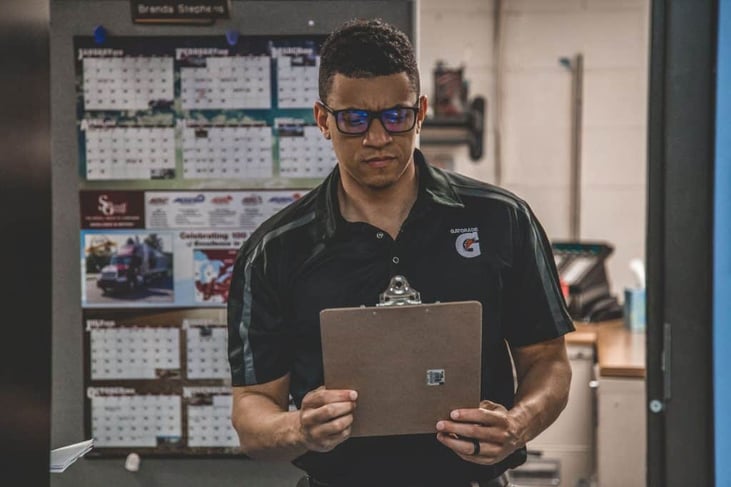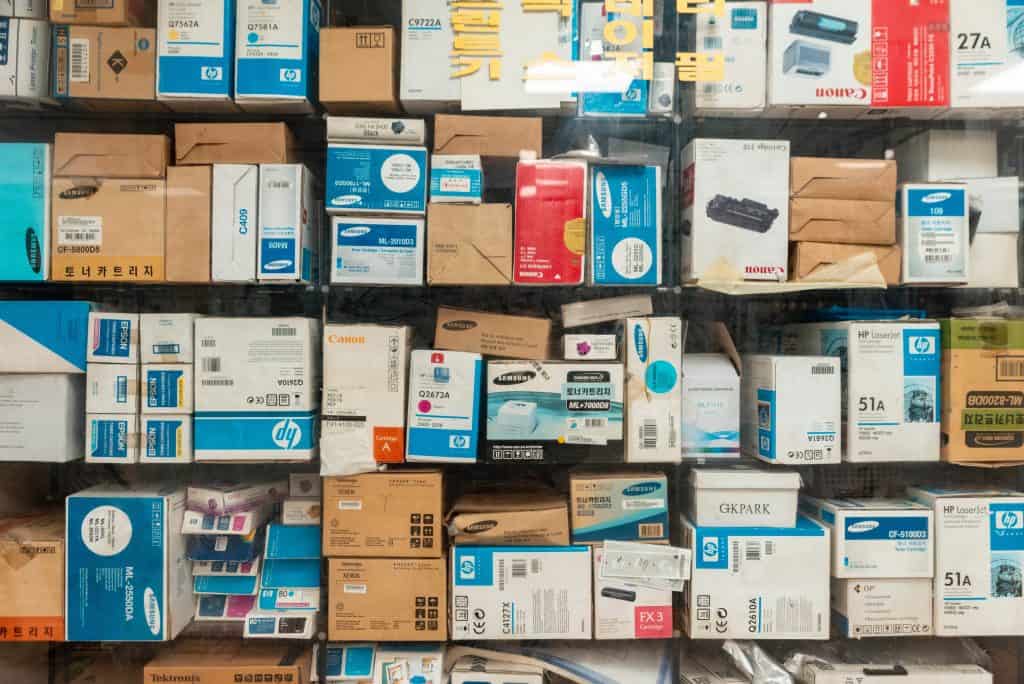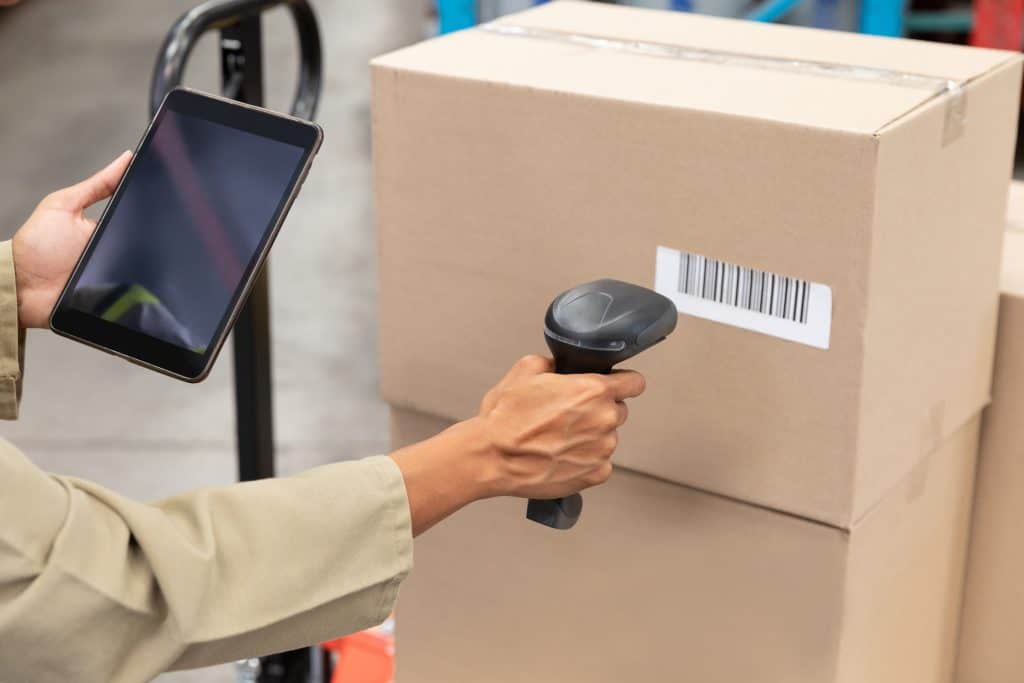Accuracy within your inventory systems is essential for maintaining a healthy e-commerce business. Without accurate inventory counts, there are several problems that could happen within your warehouse. For example, if you don’t have accurate counts, you may oversell or undersell your inventory and order too much of it.
It’s essential that you have systems in place to ensure your warehouse always has the correct inventory counts and that you don’t experience miss counts or incorrect numbers displayed throughout your bookkeeping and spreadsheets. Today we’ll be helping you put together an inventory accuracy system for your warehouse processes.
What is Inventory Accuracy?

Inventory accuracy is a measurement of how accurate your inventory counts are when it comes to how much inventory you have. In most cases, rough estimates aren’t going to cut it, and you’ll need to ensure that you have exact counts of how much inventory is currently being stored in your warehouse. Whether you’re an e-commerce business or a warehousing company, not having accurate inventory counts is going to hurt your overall business and cause a lot of strain on business relationships.
If you’ve ever had to wait for months to get a package or an order from a business, then you might know what it feels like to be on the wrong end of inventory accuracy. The truth is that without an accurate inventory count, you’re going to be putting your business at significant risk of overextension. In the end, you could cause orders to fall through and be stuck with more inventory than you need. Ideally, the solution that will work best for your business is to have an accurate count of all inventory that comes in and goes out of your business.
Why Does it Matter?
There are quite a few reasons why inventory counting and inventory accuracy should matter to you and your business. Beyond the reasons that we’ve already stated, accounting and inventory shrinkage can be huge factors when it comes to inventory management in a warehouse. Either at the end of the year or the end of every quarter, you’ll need to go through an inventory counting process to show what assets your warehouse or company holds.
The assets you can show will help and can be used as inventory write-offs because you haven’t yet sold it or made a profit on those items. If your inventory valuation is off, you’re going to miss out on some large tax breaks that will likely hurt your company to some degree. This is just one of the many other reasons that you’ll want to keep a tight count on your inventory.
Leading Causes of Poor Inventory Accuracy
Some of the leading causes of poor inventory accuracy are generally because warehouse and storage teams aren’t aware of how important it truly is to have extremely high-accuracy counts. For instance, a car dealership will always know how many cars they have on their lot, how much they’re worth, and in turn, they won’t ever have a car go missing. But, if a small e-commerce shop that sells sunglasses happens to misplace a box of inventory, they may wonder why it’s a problem. But after they misplaced 3-5 boxes of 100-250 sunglasses, they could have thousands of dollars in inventory sitting in their storage without knowing about it.
In most cases, poor inventory accuracy is more common among small warehouses or e-commerce businesses that are doing the majority of their warehousing on their own. Big warehousing companies use sophisticated programs to ensure that there are fewer errors.
Self Storing

Self-storing companies are almost always going to struggle when it comes to accurate inventory counts. It’s difficult to ensure that everything is on par and orders are being filled correctly when your company needs to both make and drive sales while also shipping and maintaining order fulfillment. If you’re feeling stress around this, look into white labeling your shipping and order fulfillment through a 3PL.
Poor Inventory Counting and Management Strategies
Poor inventory management and counting systems will lead to poor inventory records. Tracking inventory without the use of a digital system can be extremely difficult. Use technology to your advantage in this situation and inventory in an inventory management software that can help to improve your inventory counting and define your management strategy.
Extensiv Warehouse Manager from Extensiv Warehouse Manager is a great tool that can help you to be more efficient and successful with your inventory management. You’ll find more details here!
Inventory Accuracy Strategies

In order to ensure that your inventory is more accurate, you’ll need to employ some new strategies. There are essentially two different strategies that can be broken into many subcategories when it comes to inventory accuracy. While there are tools, you can use, such as software or cloud-based inventory management solutions, inventory counting is one of the easiest ways to simply get started.
Inventory Counting
Inventory reconciliation is the process of when you use counts of inventory on hand and compare it to the records of how much inventory is supposedly in your warehouse. Reconciliation of your inventory records will help show where you went wrong when it comes to counting and improving your management in the future.
If you have a low number of SKUs and low inventory or shipment volumes, you’ll find that counting isn’t too difficult. For larger warehouses, you may find that inventory counting is a very difficult process. The first thing you’ll need to do to get started counting is to perform a manual count of all inventory you have on hand. This will include everything that hasn’t yet been accounted for in a purchase.
After you have an accurate count, you can match it up to your inventory purchase records along with the sales and shipments you’ve made to see how your inventory counts match up. The very first time you go through this process will likely be the most difficult. After the first time, things should flow a little more smoothly. If your records and counts don’t match up, you’ll need to track down that missing inventory and determine if you’ve over-shipped or been shorted in a shipment. Other possibilities for missing inventory include warehouse theft, damaged inventory, or late shipments.
To keep up with your inventory counting, it’s best to count your inventory regularly. Perform an inventory counting check at least every one month or every quarter. But, consider it more often if you’re able to. Regular counting will help your company stay more profitable.
Inventory Valuation
Inventory valuation is the second method of coming up with an idea of how much inventory you’re holding and how much it’s worth. The way that this works is primarily through accounting methods and understanding the value of the products that you hold. But, because this method doesn’t individually count each and every piece of inventory and only estimates their value.
All you have to do to perform this method is get a rough estimate of what your standing inventory is worth and compare it to your records of what the inventory is supposed to be worth. We don’t recommend this strategy because it’s likely not going to give you a good answer.
Inventory Management Systems

An inventory management system can help you calculate inventory accuracy and help with improving inventory accuracy if you haven’t had a good strategy in place. One of the best inventory management strategies that you can use is software that’s going to help you track picking, packing, a shipping inventory.
There are many different software systems out there, but ideally, you should look for software that offers integrations that can work together with both your e-commerce shop and your accounting software. Consider Extensiv Warehouse Manager from Extensiv Warehouse Manager. We offer a number of different integrations that include Shopify, Salesforce, Magento, and other top e-commerce sites and accounting software.
By employing inventory management and warehouse management systems like topShelf, you can scan or create barcodes for all of the inventory as it enters your warehouse. You’ll then scan it again as you pick it and pack it. And finally, you’ll assign each of those barcodes to the shipment so that you’re able to track them all the way to their destination.
The best way to keep accurate inventory counts is to use a robust inventory management system. If you’re interested in a free demo, contact Extensiv Warehouse Manager today!






